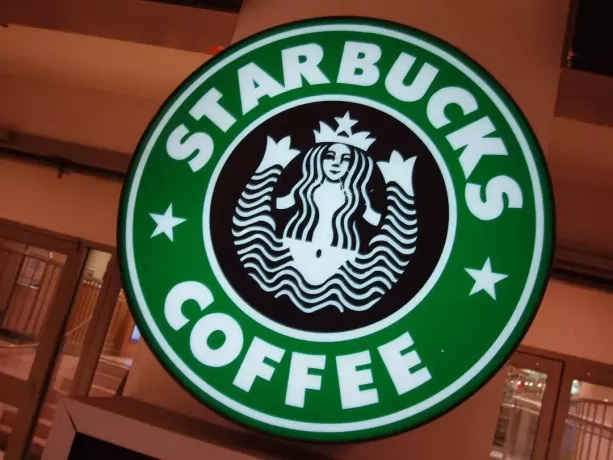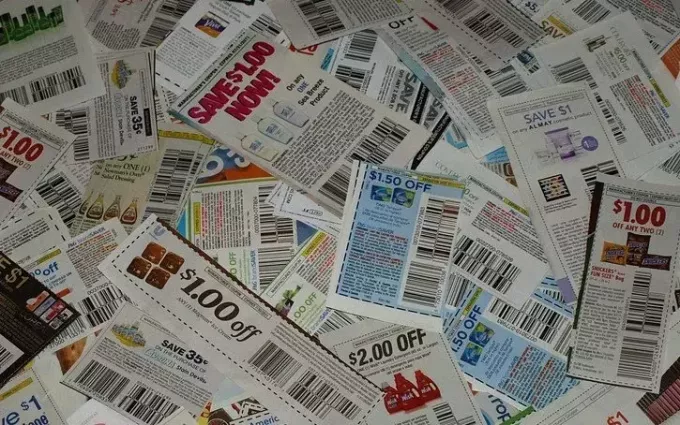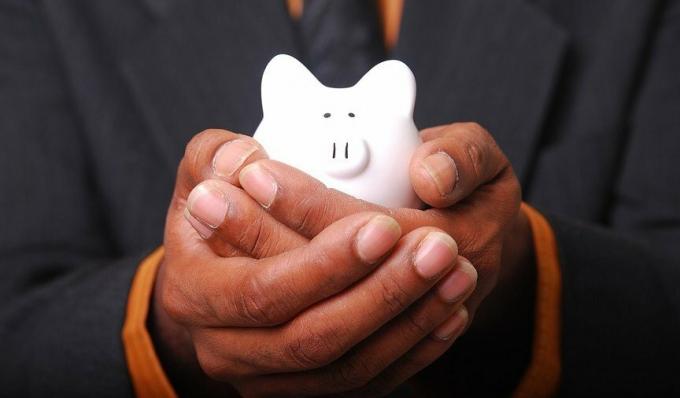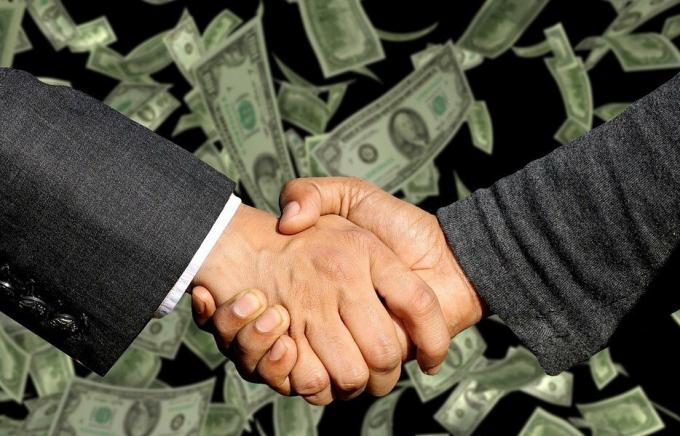Starbucks is the world's leading specialty coffee marketer and distributor, operating 20,000 cafes in more than 60 countries. It is the number 1 brand of the coffee chain in the world.

Advertisements
You can find more information about the company on its official website or in this article from Wikipedia.
The SWOT analysis, is a very useful tool to analyze the environment of the company (opportunities and threats) and the company itself (strengths and weaknesses).
Advertisements
Fotalezas
- Solid financial statements. Starbucks profitability has been on the rise over the past few years. Net income for 2014 was $ 16.4 billion.
- Number 1 in the coffee segment. Starbucks has a strong brand reputation associated with quality coffee and excellent customer service. His brand is the most valuable brand in the coffee segment and is valued at $ 4 billion.
- The experience. One of Starbucks strongest advantages is that it has the necessary experience and knows its customers. They know that their clients need excellent service, high-quality music, friendly staff, and a warm atmosphere, which translates into unparalleled customer service.
- The largest coffee chain in the world. The company operates around 20,000 coffee shops in 60 countries, making it the largest coffee chain in the world.
- Employee management. The company offers its employees a wide range of benefits and a high pay rate.
Weaknesses
Advertisements
- The price of grains is the main influence on the profits of the company. Starbuck's profitability is highly dependent on the prices of coffee beans, which is a commodity that is outside of Starbucks control. Due to hedge funds, weather conditions and many other factors, Starbucks cannot estimate the price of coffee and therefore the profitability of the company (See example in this Starbucks avoids coffee shortages through donations to crops).
- Prices of the Products. Starbucks offers a great coffee experience and great customer service, which translates into high prices for their products. In comparison, McCafé's premium coffee is lower than Starbucks coffee and rated higher.
Opportunities
- Extend the provider network. Starbucks doesn't grow its own coffee beans, but has to buy them from multiple suppliers, mostly grouped in South America, Arabia, or Africa. Starbucks to secure critical supplies for its Asian operations, reduce dependence on crops good or bad in Africa and South America and to save on shipping costs, you have to extend your network of suppliers.
- Expansion to emerging economies. There are great opportunities for cafes in China and India, where Starbucks has only a comparatively modest number of stores.
- The expansion of retail operations. Starbucks not only sells with coffee shops and franchises, it sells some of its products through other retailers. The company needs to form more partnerships and offer its coffee for sale, for example in retail markets.
Threats
Advertisements
- Rising coffee bean prices: The chain relies heavily on coffee beans, which it cannot control or can hardly estimate.
- Increased competition from local coffees and specialization from other coffee chains. Local cafes can offer a lower price and an offer more adapted to their customers. These large coffee chains specialize so you don't have to compete on par with Starbucks. In both situations, Starbucks experiences intense competition and loses market share.
- Saturated markets in developed economies. Coffee markets in developed economies are already saturated and with intensifying competition, Starbucks will find it difficult to grow in these markets.
- Supply interruptions. Due to political, economic and climatic conditions Starbucks may experience supply disruptions, adding significant cost to the company.


